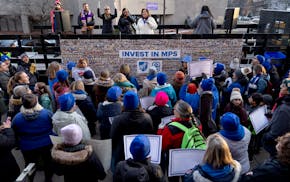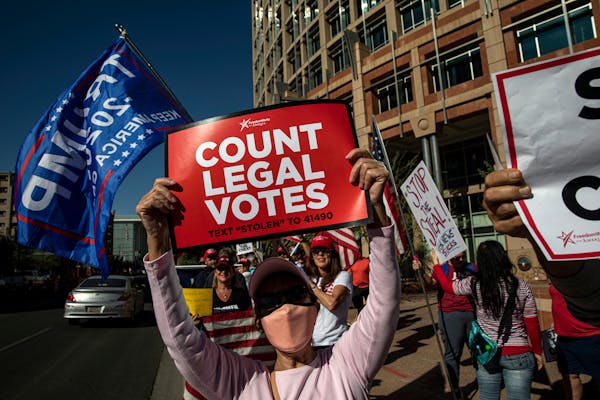According to Rondoclt.org Rondo Avenue, was a main commerce avenue for the African American community that was renamed Concordia Avenue during the construction of Interstate 94 in the late 1960s. Cutting through the old Rondo neighborhood, the construction dislocated many long-term residents.
Rondoaveinc.org says this: Rondo was at the heart of St. Paul's largest Black neighborhood. African-Americans whose families had lived in Minnesota for decades and others who were just arriving from the South, Chicago and St. Louis, made up this vibrant community that was in many ways independent of the white society around it...It was a place where people took you in and looked after you – whether you needed a job, a meal or a place to stay.Some, like NAACP Kaliq Davis's grandfather, held out for as long as they could [...] until worst fears were to be realized and there was nothing more to do or say but move -- just like blacks had done – for generations, and generations, and generations before.
The construction of I-94 in the 1960s shattered this tight-knit community and displaced thousands of African-Americans into a racially segregated city, and a discriminatory housing market, that no one ready for and that wasn't ready for them. When all was said and done, Rondo was gone – and the music and energy of the community along with it.
Many might find that the most clear articulation of the situation that occurred in St. Paul's Rondo community is "gentrification". Webster's dictionary defines this term weakly, and vaguely: "To convert (an aging neighborhood) into a more affluent one, as by remodeling homes". I find more accurate articulations of what occurred in examples of similar situations known as "Urban Renewal" projects in other neighborhoods around the US from New York to New Orleans. One article in the New York Times discusses these "Urban Renewal" projects and how the federal government had to step in once things got out of hand:
"Eventually, Congress put the brakes on such destruction by adoptingseveral important pieces of legislation, including the 1966 Departmentof Transportation Act. Specifically, Section 4(f) of the act statesunequivocally that transportation officials must give paramountconsideration to the protection of historic properties in planningtheir projects, making it the strongest federal preservation law on thebooks." (Richard Moe-Your Neighborhood Highway )
If this situation sounds familiar that's because its happening once again in my opinion with the development of the Light Rail Transit Project that plans to slice through University Avenue in St. Paul. Bush administration has made changes that will eviscerate the law and congress will have to vote on it once again. And once again the fates of many communities hang in that difficult balance.
**********
For more information on the Rondo community and the Rondo Days Celebration, Parade, etc. Go to www.rondoaveinc.org or www.rondoclt.org
To learn about gentrification and get a more clear understanding of why I feel there is a difference go to http://en.wikipedia.org/wiki/Gentrification
For more info on the Light Rail Transit Project go to http://www.metrocouncil.org/transportation/ccorridor/centralcorridor.htm
To read the full article in the NY Times referenced here go to http://query.nytimes.com/gst/fullpage.html?res=9B05E5DC1531F93AA3575BC0A9659C8B63
Body camera video shows Minnetonka man shooting at deputies several times before dying in firefight
Charge: Driver going 77 mph ran red light, fatally hit man crossing St. Paul street and kept going
Minnesota Senate GOP files ethics complaint against Sen. Nicole Mitchell
High school archer focuses on target: another national championship

